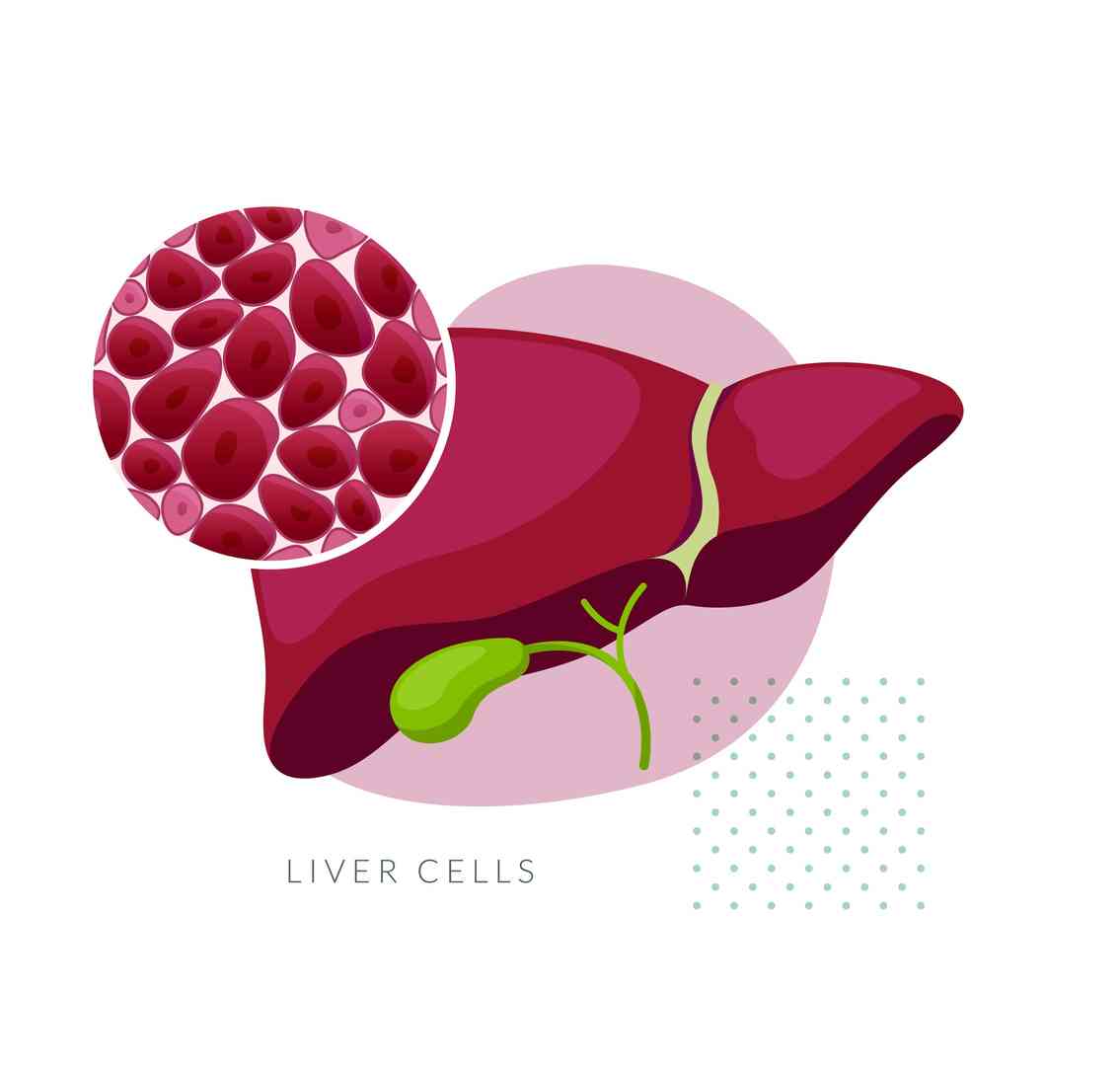Hepatocyte Stability Assay
- Service Details
- Features
- FAQ
- Explore Other Options
The liver is the central organ for drug metabolism, with approximately 60% of marketed drugs metabolized and cleared through cytochrome P450 (CYP) enzymes in hepatocytes. Drug metabolic stability directly impacts oral bioavailability, half-life, and duration of drug efficacy. Current estimates indicate that about 30% of drug development failures are due to metabolic issues. While traditional microsomal models evaluate phase I metabolism, they fall short of replicating the complete in vivo metabolic environment, highlighting the necessity of hepatocyte stability assays.

Why choose hepatocyte stability assay?
- Comprehensive metabolic pathway coverage: This assay system effectively combines phase I enzymes like CYP450 oxidases and phase II enzymes such as UGT and SULT to simulate the physiological conditions found in the body.
- Cross-species predictive capability: Supports hepatocyte testing from humans and preclinical animals, aiding in interspecies difference analysis and human dose extrapolation.
- Metabolite identification: Enables simultaneous tracking of parent drug disappearance and metabolite formation, providing multi-dimensional data support for metabolic pathway research.
Creative Bioarray’s Hepatocyte Stability Assay Service
Workflow
Step 1: Cell Preparation
Utilizes primary cryopreserved hepatocytes, cultured to optimal conditions post-thaw.
Step 2: Incubation Reaction
Compounds are incubated with hepatocytes at 37°C, with sample collection at pre-set time points, and each compound is tested in triplicate.
Step 3: Termination and Processing
Addition of acetonitrile stops the reaction at each time point, followed by centrifugation to collect the supernatant.

Step 4: Data Analysis
Remaining concentration of the parent compound is measured by LC-MS/MS to calculate relative depletion and evaluate metabolic stability.
Step 5: Quality Control
Positive and blank controls are established to verify experimental validity.
| Hepatocyte Stability Assay | Details |
| Species | Human, Mouse, Rat, Guinea pig, Rabbit, Dog, Minipig (Other species according to customer requirements) |
| Compound concentration | 1 µM (Different concentrations available) |
| Time points | 0, 5, 10, 20, 30, 45 min Or 0, 5, 10, 30, 60, 120 min |
| Replicates | 3 |
| Analysis | UHPLC-MS/MS |
| Compound requirements | 50 μL of 10 mM DMSO stock or 1 mg solid material |
| Deliverables |
|
Explore our more stability testing services:
S9 Stability Assay
Quickly assesses the metabolic activity of compounds in the hepatic cytosol without requiring a complete cell structure, suitable for high-throughput screening of early compound libraries.
Microsomal Stability Assay
Analyzes the metabolic rate of compounds in liver microsomes, predicts in vivo clearance (CL), and supports cross-species difference analysis.
Metabolite Identification
Precisely identifies potential toxic metabolites or active metabolic products within the compound's metabolism profile, unveiling metabolic pathways and enzyme-mediated mechanisms.
Why Choose Us?

High Physiological Relevance
Utilizes primary hepatocytes, preserving complete enzyme systems and cofactors, without the need for external NADPH addition, truly reflecting the in vivo metabolic environment.

Wide Species Coverage
Provides human, monkey, dog, rat, and mouse hepatocytes, supporting interspecies difference analysis and cross-species extrapolation.

Combination of High Throughput and Precision
96-well plate automated operation compatible with high-throughput screening; LC-MS/MS multiple reaction monitoring (MRM) mode ensures quantification accuracy.

One-Stop Solution
Offers comprehensive ADME data support from metabolic stability to metabolite identification, and metabolic enzyme phenotyping research.
FAQ
1. What are the benefits of using hepatocytes for drug metabolism research?
Using hepatocytes offers significant advantages: The cell model keeps all metabolic enzymes (like CYP450 and UGT) and organelle functions intact to model real-life multi-step metabolic reactions. The metabolic stability data which includes half-life t1/2 demonstrates a strong connection with in vivo clearance (CL) leading to a significant reduction in clinical failure risk. This model offers dynamic metabolic monitoring capabilities with drug-drug interaction (DDI) research and metabolite identification support, and enables high-throughput screening while optimizing cost and efficiency.
2. What types of drugs can be tested with the Hepatocyte Stability Assay?
The Hepatocyte Stability Assay can evaluate different drug categories such as small molecules, biologics and natural product extracts, and others. The assay delivers crucial reference data for drug development and optimization through its evaluation of hepatic metabolic stability for compounds during any stage from early research to clinical trials.
3. What is the source of hepatocytes used in the experiments?
We offer a range of hepatocyte sources for client needs, including primary liver cell lines and immortalized liver cell lines. Primary liver cell lines derived from fresh liver tissue demonstrate high physiological function and metabolic activity which accurately represents the liver's metabolic environment in vivo. Immortalized liver cell lines that undergo selection and cultivation to achieve specific metabolic functions demonstrate ease of culturing while offering consistent stability and reproducibility. We select the most suitable hepatocyte type for the experiment based on the client's research needs and drug characteristics.
Explore Other Options